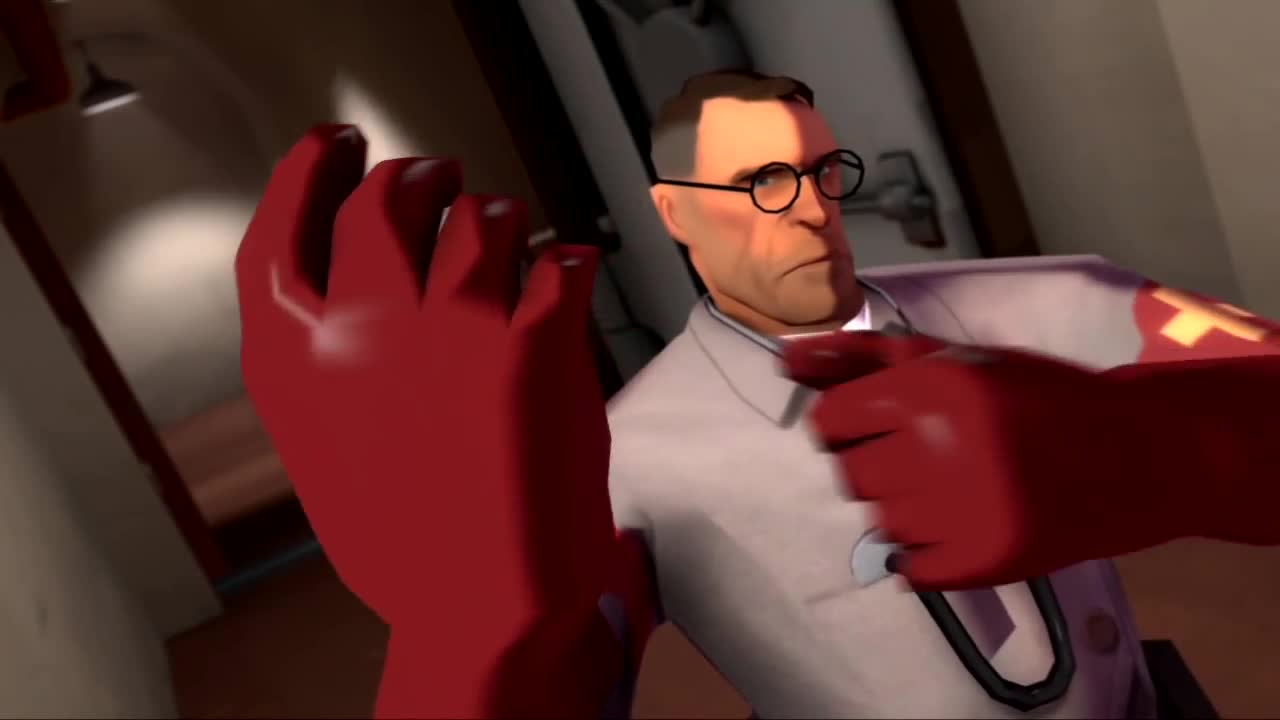
Ludwig explained that " didn't realize it, but they were indirectly voting on the content of the update.

In another instance, players picked up on a blueprint displayed in passing within the teaser trailer for the Engineer-focused update of a mechanical hand item. To be honest, we hadn't considered it, but we were able to implement it by the time the update shipped," Ludwig said. "We found people in the forums talking about how cool it would be if the Pyro could light the sniper's arrows on fire. Each content update started with a teaser trailer that hinted at several possible new items or features, and Valve developers would monitor the community reaction in the forums to determine which aspects caught the players' attention. Ludwig showed TF2's Sniper-focused update as an example. Part of its strategy entailed engaging its player community in as many different ways as possible. In order to make a successful free-to-play game, Valve needed to make sure that its players were constantly coming back to Team Fortress 2 and checking back in. In order to resolve this tension, Valve continued to release updates that delivered new maps, game modes, weapons, and even entire new game systems (in-game items, a marketplace, and a trading system, for example) with the eventual goal of switching over to free-to-play.Ĭommunity engagement key for maintaining player interest This drives you to build new content to attract new people," Ludwig said, "There's a fundamental tension between building the game to satisfy existing players and attract new players." "The trouble is, when you're a AAA box game, the only people who can earn you new revenue are the people who haven't bought your game. However, Valve soon found that the business model for a triple-A boxed game didn't quite mesh with their development strategy. "Adding so much stuff at once gave the press and community a reason to talk about it, which got more people to try it for the first time." "Although small updates to the game started immediately after launch, it wasn't until the medic update in 2008 that significantly changed revenue," Ludwig said. Valve's Joe Ludwig ran a GDC session Wednesday that explained exactly how four years' worth of content updates, tweaks, and community engagement helped Valve transition TF2 from a triple-A boxed title to a free-to-play game built around microtransactions.īuilding large updates with additional content was key to maintaining player interest and expanding the player base.


In June of 2011, Valve Software took its four-year-old online first-person shooter Team Fortress 2 and made it completely free-to-play - and ended up increasing revenues by a factor of twelve as a result.


 0 kommentar(er)
0 kommentar(er)
